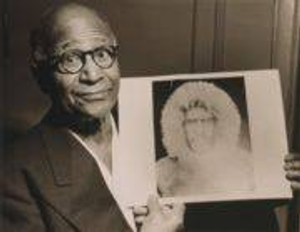Diversity of thought has always been a cornerstone of science; however, diversity amongst scientists has often gone unnoticed. Martin Luther King’s birthday was just celebrated in remembrance of his leadership in the African American community. However, he is not the only pioneer who has brought about great and lasting change. Below are just two examples of the great scientists and innovators in the African American community who have graced the history of science for the betterment of mankind.
George Washington Carver: (1864-1943)
Agricultural Chemist and Innovator
On the epitaph on the grave of George Washington Carver it reads, "He could have added fortune to fame, but caring for neither, he found happiness and honor in being helpful to the world.”
Through his work as an agricultural chemist, Dr. George Washington Carver changed the agriculture of the South by discovering three hundred uses for peanuts and hundreds more uses for soybeans, pecans and sweet potatoes. From the peanut Dr. Carver created meal, instant and dry coffee, bleach, tar remover, wood filler, metal polish, paper, ink, shaving cream, rubbing oil, linoleum, synthetic rubber, and plastics. From the soybean he obtained flour, breakfast food, and milk. He also significantly boosted the agricultural economy by formulating the crop rotation method, which revolutionized agricultural practice. He educated the farmers to alternate the soil-depleting cotton crops with soil-enriching crops such as peanuts, peas, soybeans, sweet potato, and pecans. He did not profit from these discoveries but freely gave them for the benefit of mankind, and it was said he turned down a $100,000 salary in order to continue his agricultural work. Rising from slavery in Diamond, Missouri, Doctor Carver struggled to gain an education and used it to give back to the land. Dr. Carver died in 1943 and was buried next to Booker T. Washington at Tuskegee Institute where he worked as the Director of Agriculture. On July 17, 1960 the George Washington Carver National Monument was dedicated at Dr. Carver's birth site. This was the first U.S. federal monument dedicated to an African-American.
 Matthew Henson
Matthew Henson
